Introduction
In a major breakthrough in materials science, researchers have developed a nickel-tungsten alloy that has the potential to transform the performance of electronic devices. This revolutionary alloy offers unmatched conductivity, durability, and thermal stability, making it an ideal candidate for replacing gold and copper in the chips and components used in modern electronics. As smartphones, laptops, and data centers demand higher speeds and better heat management, this innovation could be the key to future-proofing technology.
What Makes Nickel-Tungsten Unique
Nickel and tungsten are both strong metals, but when combined in the right proportion at the nanoscale, they form an alloy with surprising properties. This new material is:
- Highly conductive, nearly matching copper
- Exceptionally heat-resistant, tolerating extreme temperatures without degradation
- Mechanically robust, ensuring longer lifespan in devices
- Cost-effective, potentially replacing expensive gold used in semiconductor manufacturing
These attributes make it perfect for use in next-generation chips, microprocessors, and high-frequency interconnects that must operate efficiently even under high stress.
Transforming Consumer Electronics
With smartphone and laptop users demanding faster processors and longer battery life, thermal management and electrical efficiency are more critical than ever. Nickel-tungsten alloys offer a solution:
- Faster data transfer through low-resistance interconnects
- Improved energy efficiency, reducing heat loss and enhancing battery performance
- Durable components, reducing the need for frequent hardware replacements
For phone manufacturers, this means the ability to create thinner and lighter devices without compromising performance. For laptop makers, it promises better multitasking, thermal stability, and overall speed.
Revolutionizing Data Centers
Data centers are the backbone of the digital economy, powering cloud computing, streaming, and artificial intelligence. They also consume vast amounts of electricity and generate heat. The nickel-tungsten alloy could dramatically reduce energy consumption in these environments by:
- Enhancing chip performance while reducing thermal output
- Allowing servers to run cooler and more efficiently
- Extending the lifespan of components and reducing cooling costs
This innovation aligns perfectly with the industry’s move toward green computing and sustainable infrastructure.
Industrial and Military Applications
Beyond consumer electronics, the alloy has the potential to benefit several high-stakes industries:
- Aerospace and defense: Offers reliability under extreme conditions
- Automotive: Enables high-performance electric vehicle components
- Telecom: Boosts the speed and reliability of 5G and edge computing hardware
Its strength, thermal resilience, and electrical conductivity make it suitable for critical systems where failure is not an option.
Replacing Gold: A Cost Breakthrough
Gold is currently used in some chip components due to its excellent conductivity and corrosion resistance. However, gold is costly and limits large-scale manufacturing. Nickel-tungsten offers a viable replacement that:
- Maintains similar performance levels
- Is far less expensive
- Has better wear resistance and thermal tolerance
This could lead to lower manufacturing costs, more affordable devices, and wider access to high-end technology across the globe.
Conclusion
The development of a nickel-tungsten alloy marks a pivotal moment in materials science and electronic engineering. With its combination of high conductivity, thermal resistance, and durability, this alloy stands to supercharge phones, laptops, and data centers, driving forward the next era of innovation. As industries seek faster, more efficient, and eco-friendly solutions, nickel-tungsten could be the material that defines the next generation of technology.
Related Reading.
- Why Systems Thinking Is the Most Valuable Skill in Tech—Even for Non-Techies.
- How Computer Vision Is Transforming Modern Medicine.
- How Platform Engineering Playbooks Help Build Developer Portals That Work
FAQs
1. What is the nickel-tungsten alloy, and why is it important?
It’s a new alloy combining nickel and tungsten that offers high conductivity, thermal stability, and mechanical strength, making it ideal for use in modern electronics.
2. How can it improve smartphones and laptops?
The alloy enables faster data transfer, better thermal control, and longer-lasting components, enhancing device speed and efficiency.
3. What advantages does it offer for data centers?
It reduces heat generation, improves power efficiency, and lowers cooling costs, supporting more sustainable and high-performance computing environments.
4. Can it replace gold in electronics?
Yes, it performs similarly to gold but at a fraction of the cost, and with better heat resistance and durability.
5. What industries could benefit most from this alloy?
Industries such as consumer electronics, aerospace, automotive, military, and telecom stand to gain the most from the adoption of nickel-tungsten materials.




